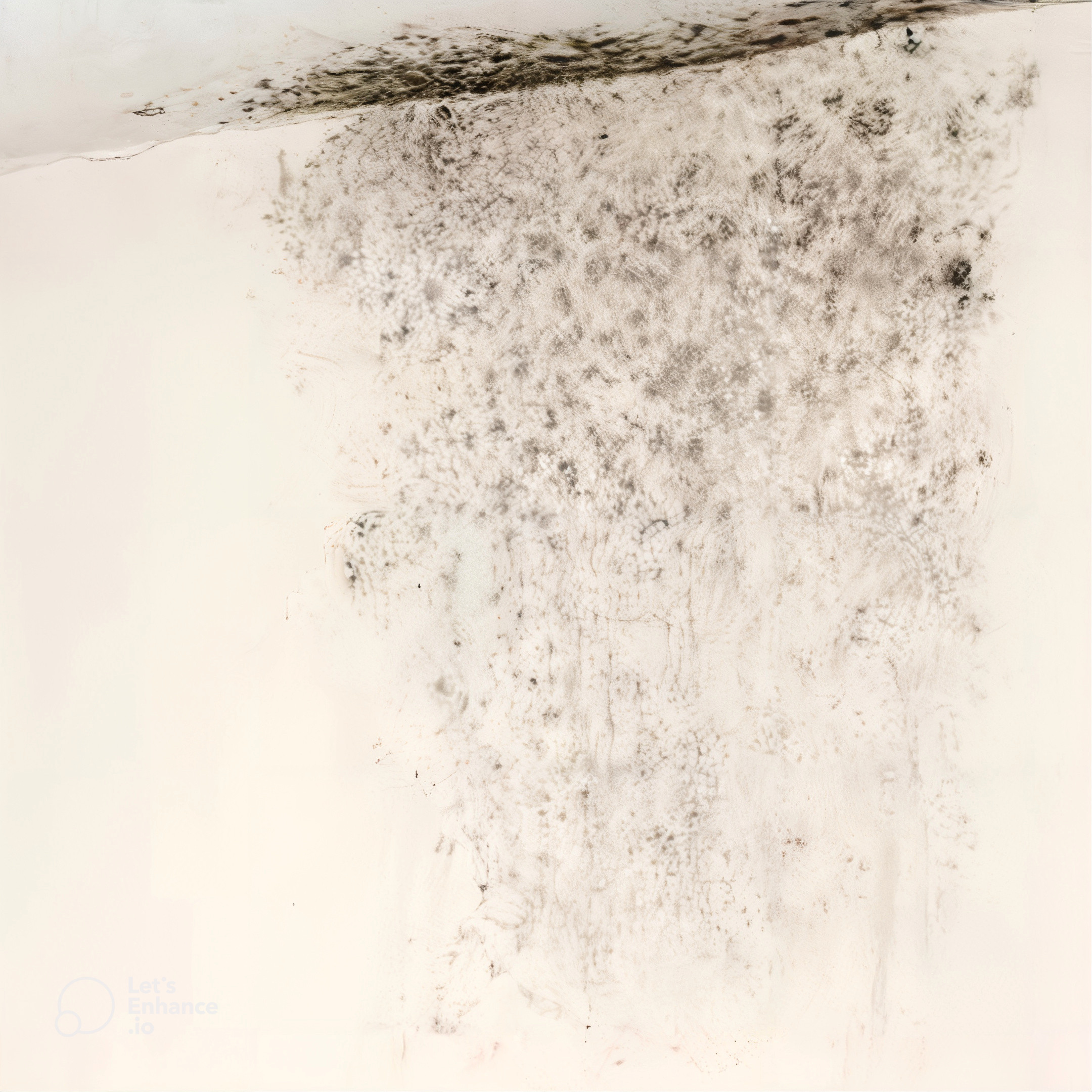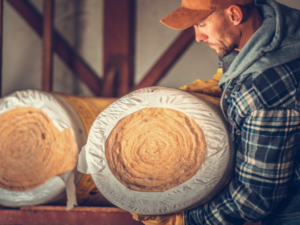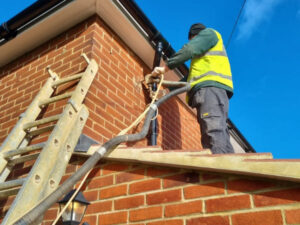Cavity wall insulation can significantly improve energy efficiency in homes. However, if not installed correctly, it can lead to damp and mould issues. This post explores how past government schemes failed to address ventilation, leading to problems, and how new standards like GBIS and ECO4 ensure homes are protected.
The Problem with Early Cavity Wall Insulation Installations
Lack of Proper Ventilation
Early cavity wall insulation installations often neglected ventilation. Without adequate airflow, moisture gets trapped inside homes, creating an environment ripe for damp and mould growth. Poorly installed insulation under previous schemes did not address this critical aspect, leading to widespread issues.
Consequences of Inadequate Ventilation
When homes lack proper ventilation, moisture cannot escape, leading to condensation. This condensation often manifests as damp patches on walls, which can deteriorate building materials and foster mould growth. Mould is not just unsightly but can also pose health risks, particularly for individuals with respiratory conditions.
New Standards with GBIS and ECO4
Overview of GBIS and ECO4
The GBIS (Great British Insulation Scheme) and ECO4 (Energy Company Obligation 4) are new initiatives aimed at improving energy efficiency, including new insulation best practices. These standards emphasize the importance of adequate ventilation in preventing damp and mould issues. Under these programs, insulation installations must meet stringent regulations to ensure a healthy living environment.
Ventilation Requirements under PAS2035
PAS2035 sets the standard for retrofitting homes to ensure they are energy efficient while maintaining indoor air quality. This includes requirements for trickle vents, 10mm gaps under doors, and effective extractor fans in kitchens and bathrooms. These measures ensure that any moisture produced inside the home can escape, reducing the risk of damp and mould.
Preventing Damp and Mould with Proper Ventilation
Importance of Trickle Vents and Door Gaps
Trickle vents and door gaps are simple yet effective solutions to improve ventilation. Trickle vents allow a small, controlled amount of air to enter the home, which helps balance humidity levels. The 10mm gaps under doors promote airflow between rooms, ensuring that moisture does not build up in one area.
Role of Extractor Fans in Kitchens and Bathrooms
Extractor fans are crucial in areas prone to high humidity, such as kitchens and bathrooms. These fans remove moist air directly from the source, preventing it from spreading throughout the home. Regular use of extractor fans can significantly reduce the risk of damp and mould, maintaining a healthier indoor environment.
The 25-Year Guarantee
Coverage Details
The new standards not only prevent damp and mould but also come with a 25-year guarantee. This guarantee provides homeowners with peace of mind, knowing that if any damp or mould issues arise due to the insulation, they are covered. This long-term protection reflects the confidence in the new installation standards.
What Happens if Damp or Mould Occurs
In the unlikely event that damp or mould issues occur, the guarantee ensures that the insulation will be inspected and, if necessary, removed and replaced. This process ensures that any problems are addressed promptly, maintaining the integrity of the home’s structure and indoor air quality.
Addressing damp and mould issues in homes with cavity wall insulation is crucial for health and structural integrity. The new GBIS and ECO4 standards, with their focus on proper ventilation and a robust 25-year guarantee, ensure that homeowners can enjoy the benefits of insulation without the associated risks. Proper ventilation is the key to preventing these issues and maintaining a healthy living environment.




